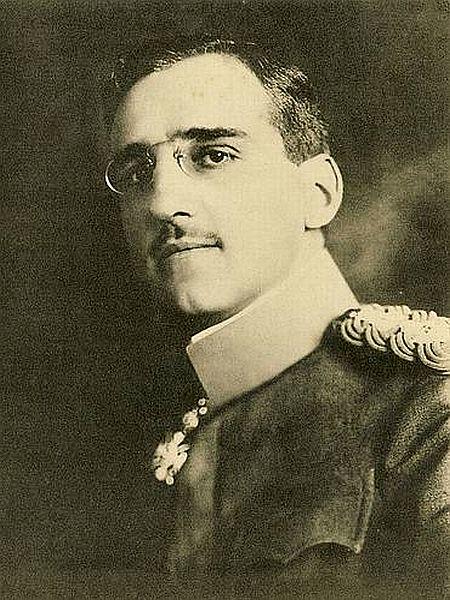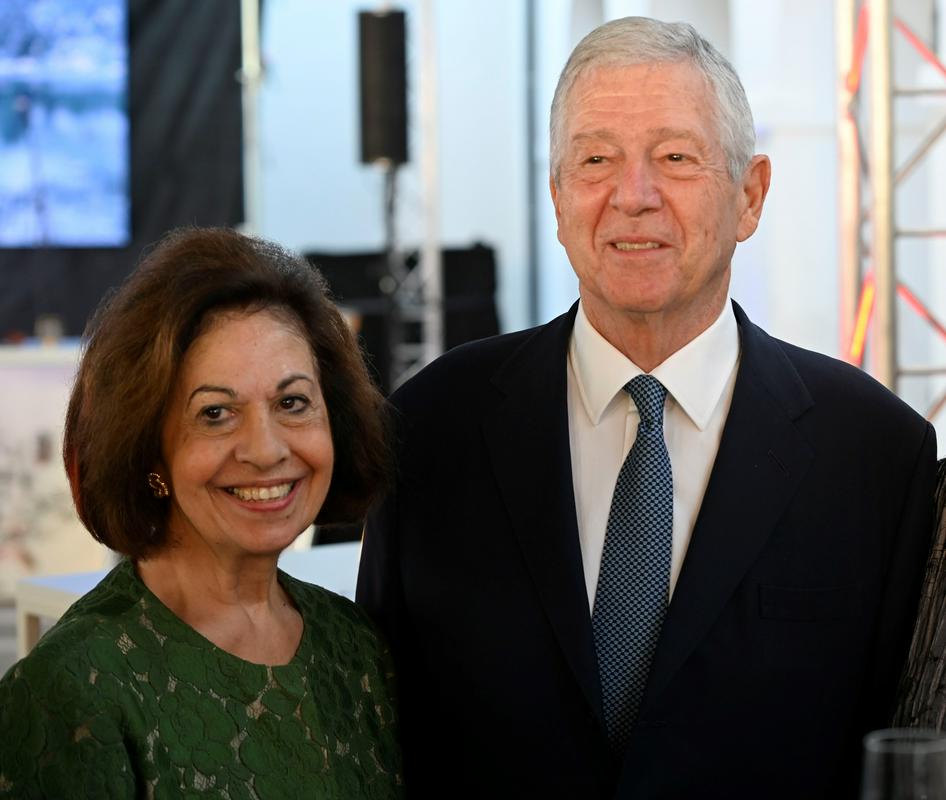
An international scientific symposium is being held in Maribor, the topic of which is the attitude of Slovenes to the Karađorđević ruling dynasty. The two-day event is open, so the general public is also invited to the lectures and presentations.

“The attitude of Slovenes towards the Karađorđević ruling dynasty has already been at the forefront of research, but it has not yet received comprehensive coverage that would cover all relevant members of the dynasty, as well as various areas of cultural and social life.” said the chairman of the organizing committee Darko Friš. The symposium, which takes place in the amphitheater dr. Vladimir Bračič’s Maribor philosophy, in his words, offers a comprehensive insight into the relations between the Karađorđevićs and the Slovene population.
What kind of rulers were the Karađorđevićs?The first part of the symposium is intended to place this ruling dynasty in a wider historical context and to outline the basic characteristics of its rule. The second set is dedicated to the period of the First World War and some aspects of the relationship between the Slovenes and the dynasty in the period between the two wars. On Wednesday, there will be a section on the topic of politics in the Kingdom of SHS, i.e. Yugoslavia, and this will be the last part, which will be about the Karađorđevićs after the Second World War.
“At first glance, the reign of the Karađorđevićs is short. But what makes it important is that they were actors and witnesses of two key turning points in Slovenian history,” said the historian before the symposium Ales Maver. According to him, there are two periods: 1918 and the period between 1941 and 1945.

“The breakthrough in 1918 came completely unexpectedly. And even when it did happen, not many expected that it would end with the Catholic emperor from the Habsburg dynasty being replaced by an Orthodox king from the Karađorđević dynasty. This transition under a new scepter was relatively exciting, something new that had to be explained to the Slovenian public, often painfully, and which probably was not easy for many to accept. That is why Karađorđević’s entry into Slovenian history is already bombastic and resonated much more than just some event that lasted a short time on paper,” explained the historian.
“But then this picture turns around and we are faced with the surprising circumstance that at the end of the Second World War, at the time of a new radical break, for many the relatively weak ruling figure of King Peter II, who did not even have time to prove himself in the leadership of the country, is formed into a symbolic a leading figure for the followers of this traditional camp among Slovenians,” said Aleš Maver.

Among the lecturers are: Marijan Premović, Božo Repa, Božidar Jezernik, Gregor Jenuš, Stane Granda, Petra Svoljšak, Gregor Antoličič, Tamara Griesser Pečar, Renato Podberšič, Stane Kocutar, Andrej Rahten, Jurij Perovšek and Dragan Potočnik.
Also the address of the last Yugoslav heir to the throne via video linkThe first day of the symposium is also marked by the premiere screening of a documentary film about the royal adjutant Branko the knight Pogačnikwhich he signs Tevž Tavčar. On the first day of the symposium, the last heir to the throne of Yugoslavia addressed the audience via video link Aleksander Karađorđević.
The two-day symposium is organized by the History Department of the Faculty of Arts of the University of Maribor and the Historical Society of dr. Franca Kovačič in Maribor. It is accompanied by an exhibition of Peter II. in the Slovenian Alps of the authors Nanija Poljanac and Peter Mikšawhich includes a presentation of part of the collection of exhibits from the museum in Rogaška Slatina.
Source: Rtvslo